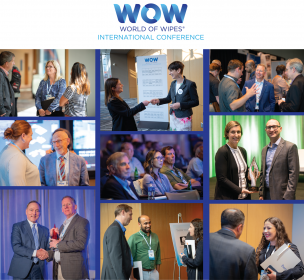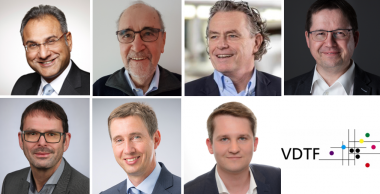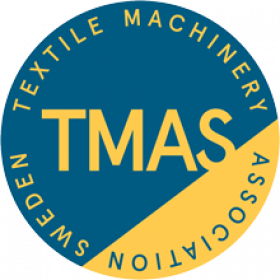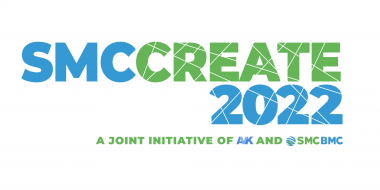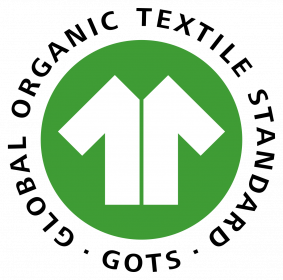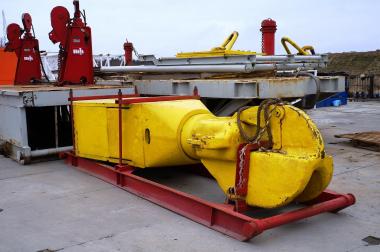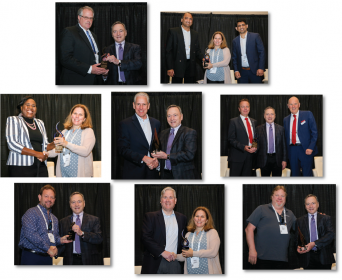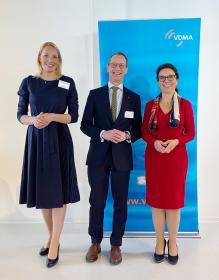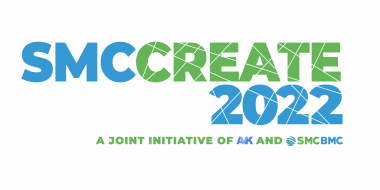INDA: Highlights of the World of Wipes® International Conference
More than 450 participants from 18 countries made in-person connections and gained innovative insights into the segment’s future at the World of Wipes® (WOW) International Conference at the Marriott Marquis in Chicago.
INDA, the Association of the Nonwoven Fabrics Industry, reported strong attendance and activity at its 16th WOW conference, June 27-30. Highlights included a conference, award presentations, a separate 1.5-day WIPES Academy training course, and a new mentorship program.
WOW speakers focused on the future of the $17 billion wipes sector amid changing consumer trends, supply chain complexities, sustainable packaging demands, and medical disinfection challenges. Program sessions included Circular and Sustainable Wipes, Supply Chain Challenges, Sustainable Substrates, Disinfection Concerns, Sustainable Packaging Trends, and Flushability Developments.
Tony Fragnito welcomed participants in his new role as INDA President for the first time since succeeding Dave Rousse, now President Emeritus and advisor.
WOW highlights included the announcement of Nice’ N CLEAN® SecureFLUSH™ Technology Flushable Wipes from Nice-Pak as the winner of this year’s World of Wipes Innovation Award® for their flushable wipes made of 100 percent cellulose nonwoven. A specialty “lock and key” design of plant-based fibers and formula leverages patent-pending technology to ensure responsible care of plumbing and wastewater.
Other highlights included the presentation of the 2022 INDA Lifetime Technical Award to Richard Knowlson, Principal, RPK Consulting. The award honors an individual with a long-established nonwovens career that advance technology and the commercial success of the North American nonwovens industry. Knowlson pioneered the use of powder super absorbents in airlaid forming systems creating new period product designs for ultra-thin products. He co-founded Airformed Composites, co-invented the first commercial multi-bonded airlaid products in North America that were used in characters for Sesame Street and served in leadership positions with Rayonier, Ciba/Huntsman and Jacob Holm.
INDA


